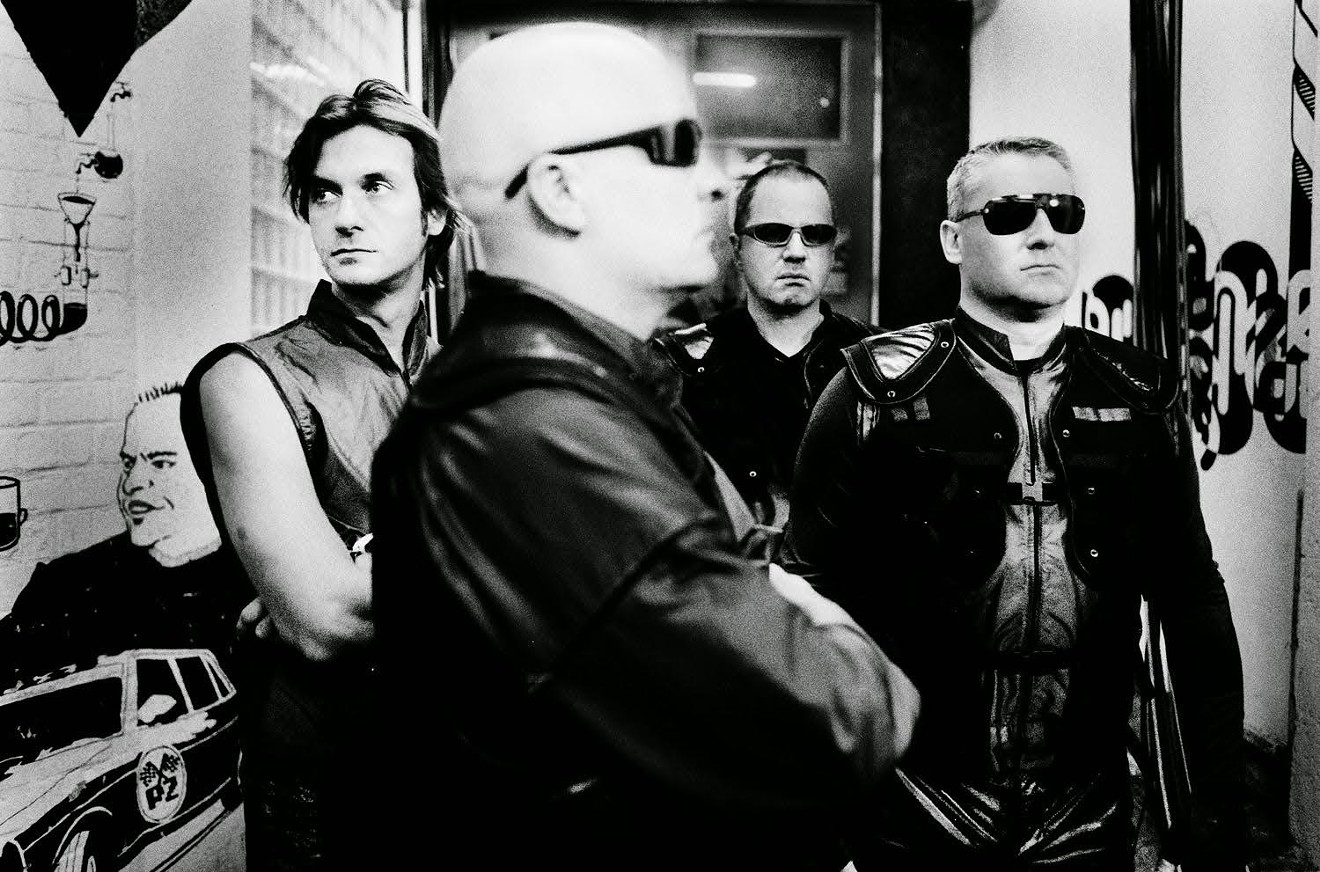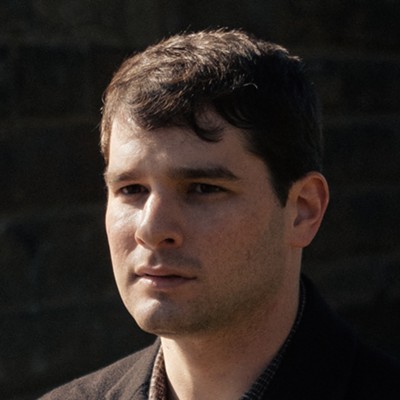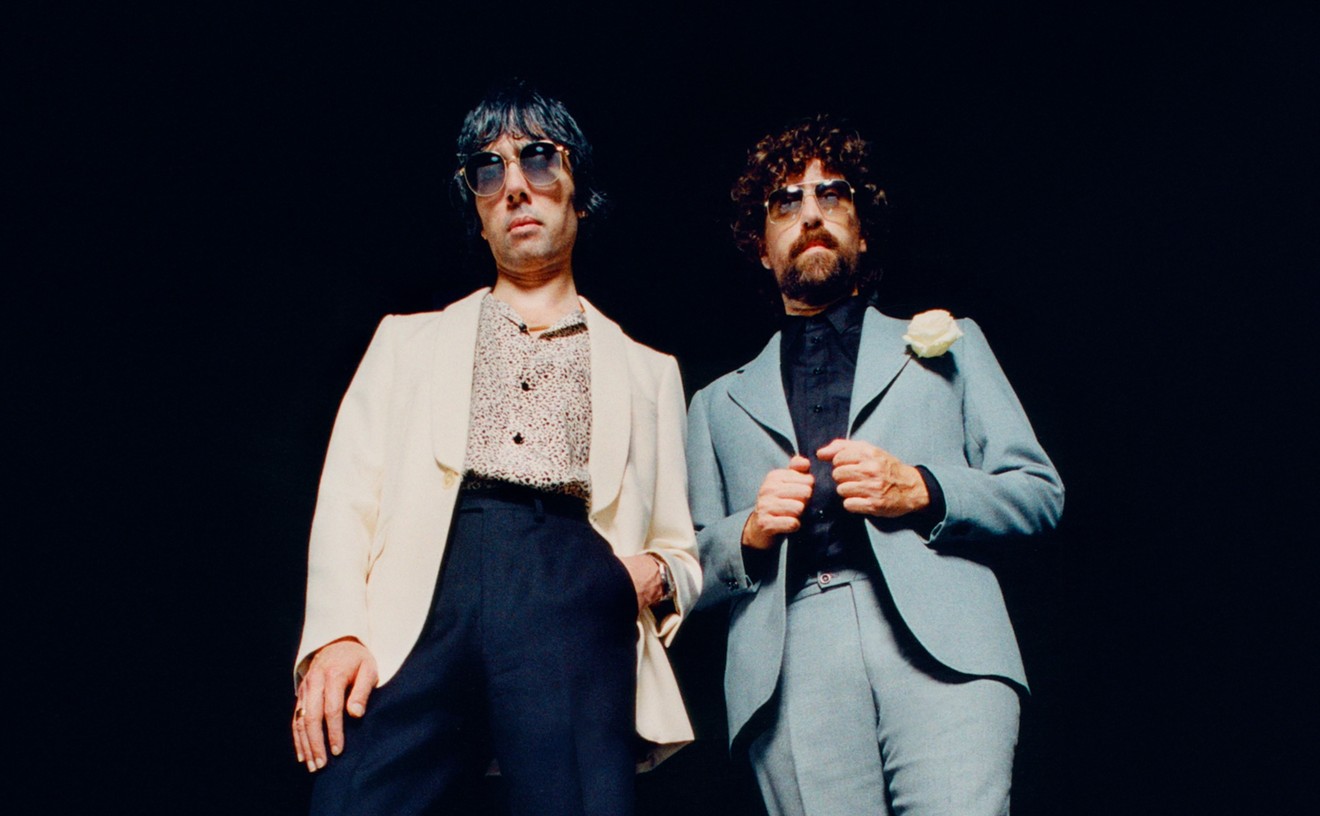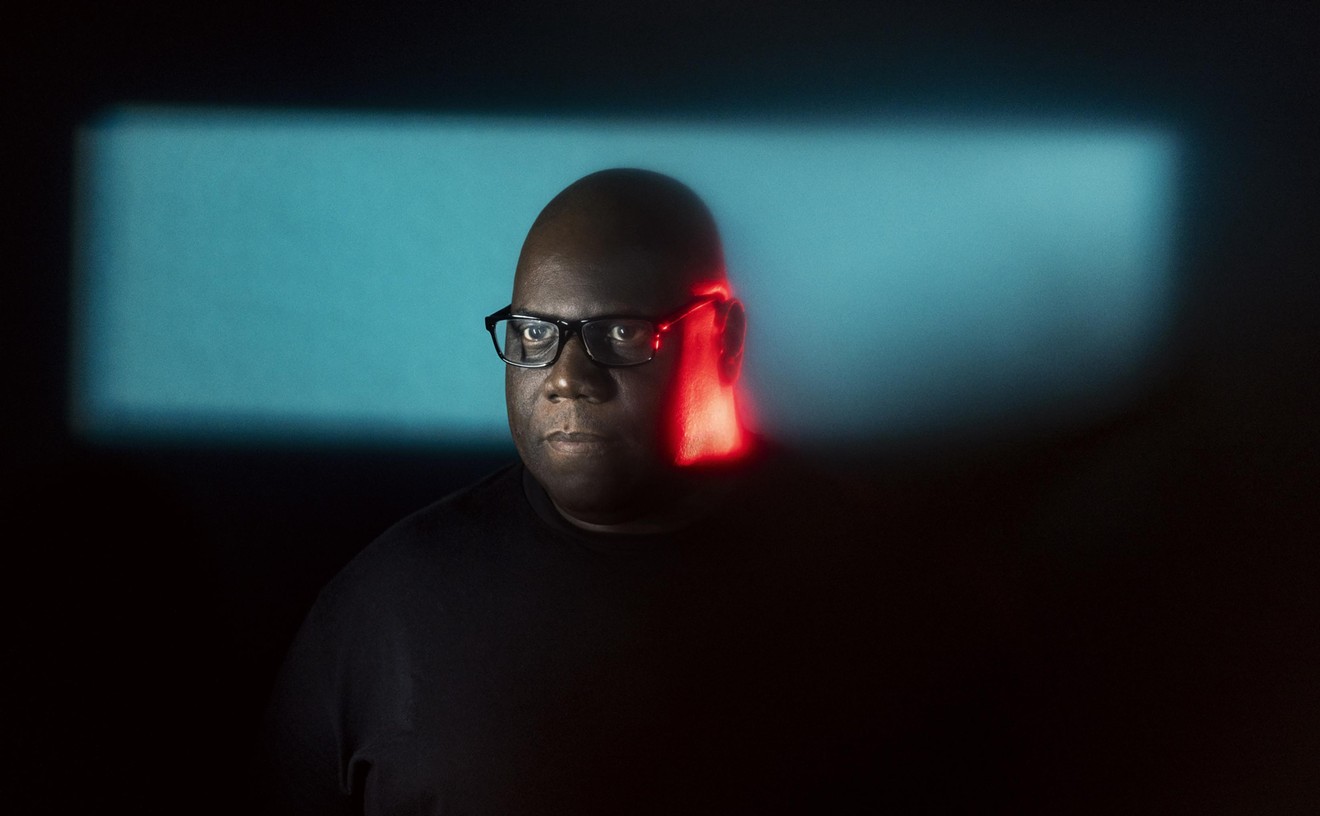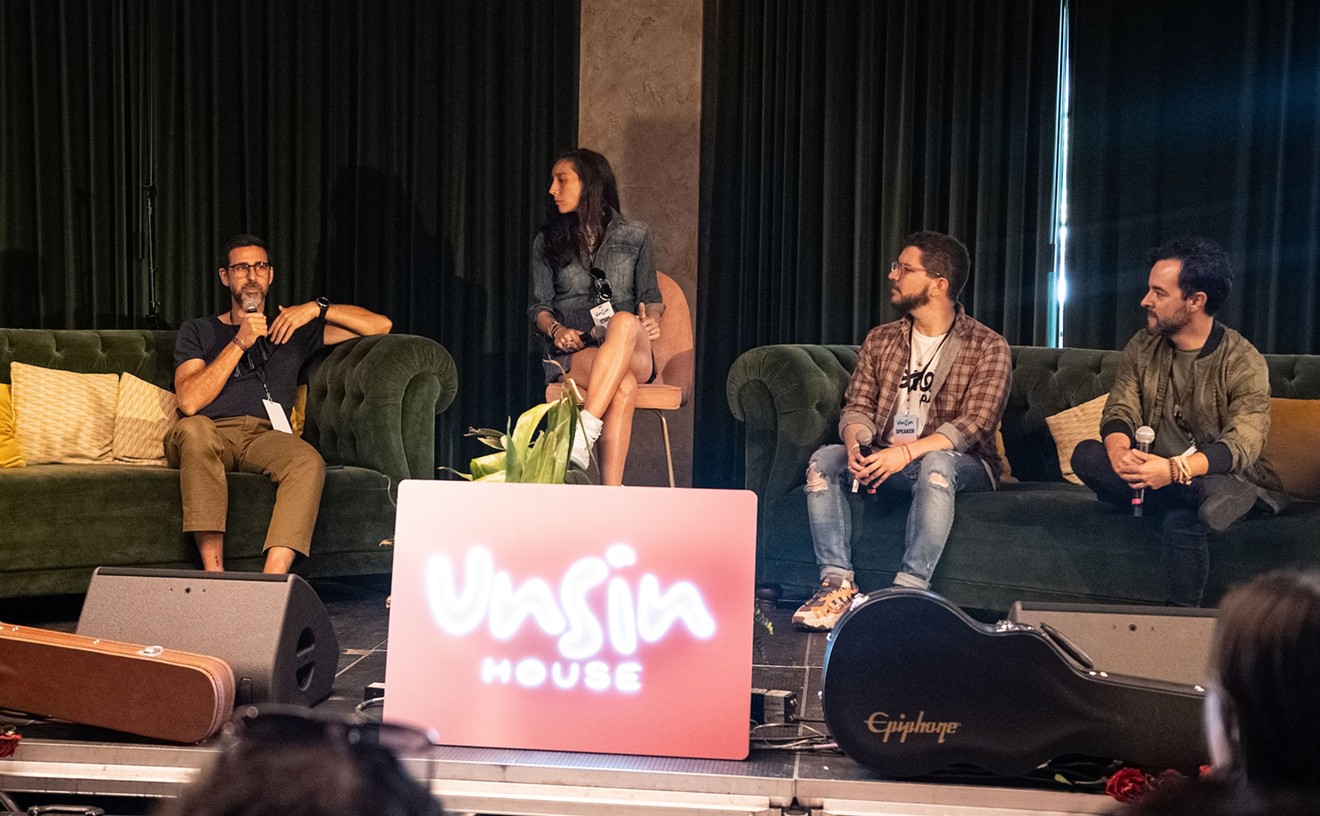As keyboardist for the celebrated electronic group Front 242, Patrick Codenys is no stranger to unknown territory. For instance, when the band plays the inaugural show at the Ground, a new midsize venue taking up part of Club Space on 11th Street in downtown Miami, it’ll come with some colorful memories.
“When we were touring the States in the early '80s, we would come in a place and the stage hands would say, ‘Here is your rider for the drums,’” he recalls. "And we would say we don’t have drums, and then they would say, ‘You can put your amps and guitars on the left there,’ and we would say we don’t have guitars. Then the [stage hands] would say, ‘You’re not a band.’”
Front 242’s style, defined by industrial, club-ready beats alongside dark, incendiary lyrics and samples, earned praise on both sides of the Atlantic. Eventually, the band was recognized for pioneering a new genre. It was more sinister than Kraftwerk and New Order, yet not quite as dramatic and personal as Depeche Mode or as dissonant and vicious as Throbbing Gristle. It was music for dark rooms and darker souls bumping in the shadows. It became known as electronic body music (EBM).
“Very often we were one of the first electronic acts,” Codenys recalls. He adds that nightclubs "had absolutely not a clue how to handle a band" and many places were just "equipped for rock concerts.”
Much of what made the band distinct came from limitations. It formed in the small Belgian town of Aarschot in the early '80s, when true instruments and musicians were scarce but cheap synths and drum machines were plentiful.
“In Belgium, we don’t have a market of musicians like in England or in the U.S., so it’s very hard to find a drummer or a bass player. So when you cannot find a drummer, you buy a rhythm box; when you cannot find a bass player, you buy a synthesizer.”
Without traditional instruments, the band was free to explore the new frontier of electronic music, searching for new sounds and ideas in a process Codenys compares to a collage. Often they looked outside of music for inspiration.
“We were more attracted to cinema for the lyrical part of our music, to create something cinematographic,” he says. “For the structure of the songs, we were more influenced by architecture.”
Many of their influences can be seen in the video for their most famous song, “Headhunter.” Directed by Anton Corbijn in brooding black-and-white, the visual for the track depicts a world of menacing cool, where hulking men in Mohawks and biker jackets strut through a landscape of Bauhaus buildings, and a lone woman wears a large broken eggshell as a hat. It’s equal parts Alien, Blade Runner, and Neuromancer and even incorporates early computer graphics that look vintage today. The lyrics are as dystopian as the visuals, telling the tale of a bounty hunter looking for unique quarry. “Written in his cells/He’s got the marks of a genius,” Front 242 lead vocalist Jean-Luc De Meyer says of the prey, before readily admitting, “I’m looking for this man/To sell him to other men/To sell him to other men/To make us rich and famous.”
All in all, “Headhunter” is a perfect encapsulation of what makes the band so bold and thrilling, and it all comes from a willingness to ditch the guitars and drums.
“It’s a very different approach,” he says. “I see something, I feel something, maybe from another artistic discipline, and I want to translate it into something musical.”
Front 242. With Nina Belief and Mystic Bill. 9 p.m. Thursday, September 21, at the Ground, 34 NE 11th St., Miami; 305-375-0001; facebook.com/thegroundmiami. Tickets cost $35 to $85 via ticketfly.com.
[
{
"name": "Air - MediumRectangle - Inline Content - Mobile Display Size",
"component": "19274298",
"insertPoint": "2",
"requiredCountToDisplay": "2"
},{
"name": "Editor Picks",
"component": "17482312",
"insertPoint": "4",
"requiredCountToDisplay": "1"
},{
"name": "Inline Links",
"component": "18711090",
"insertPoint": "8th",
"startingPoint": 8,
"requiredCountToDisplay": "7",
"maxInsertions": 25
},{
"name": "Air - MediumRectangle - Combo - Inline Content",
"component": "17482310",
"insertPoint": "8th",
"startingPoint": 8,
"requiredCountToDisplay": "7",
"maxInsertions": 25
},{
"name": "Inline Links",
"component": "18711090",
"insertPoint": "8th",
"startingPoint": 12,
"requiredCountToDisplay": "11",
"maxInsertions": 25
},{
"name": "Air - Leaderboard Tower - Combo - Inline Content",
"component": "17482313",
"insertPoint": "8th",
"startingPoint": 12,
"requiredCountToDisplay": "11",
"maxInsertions": 25
}
]

